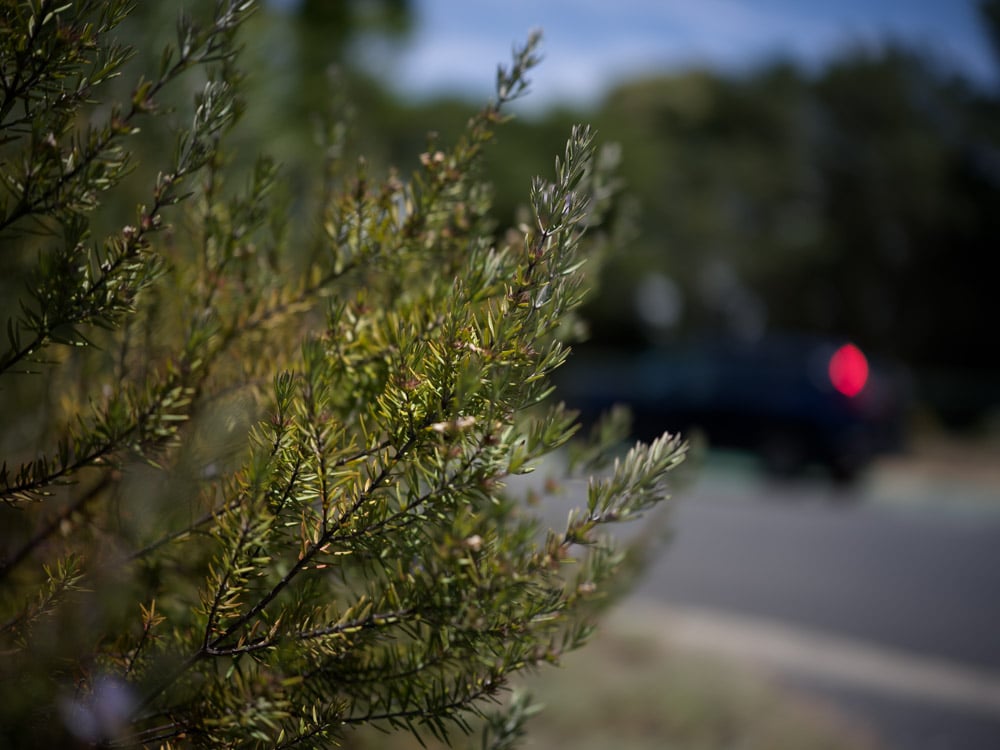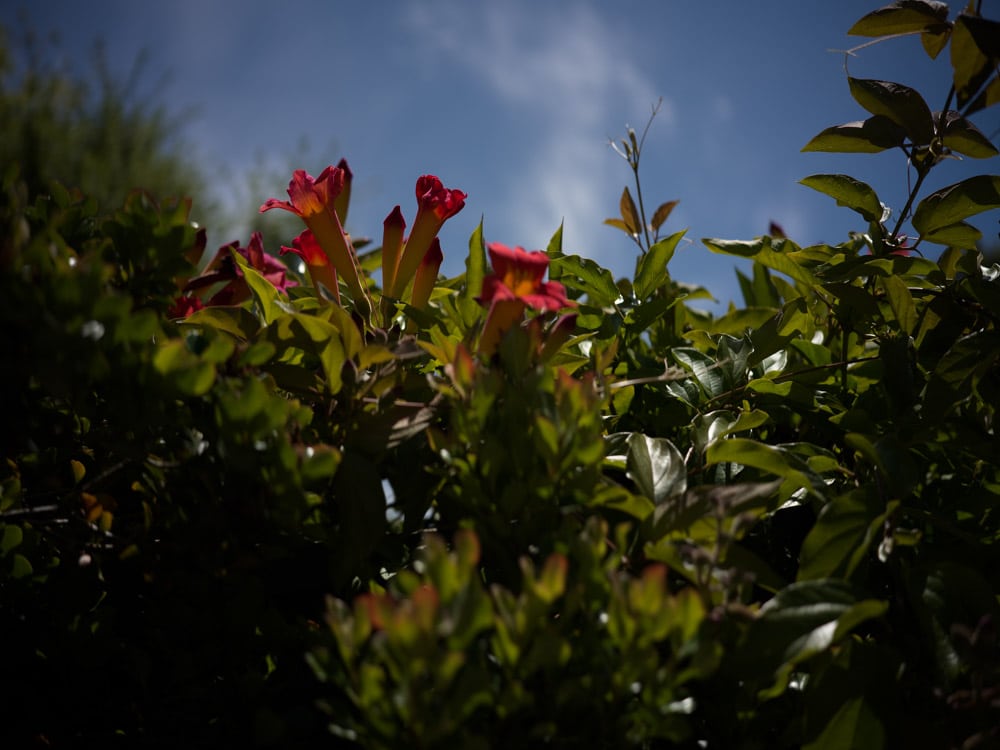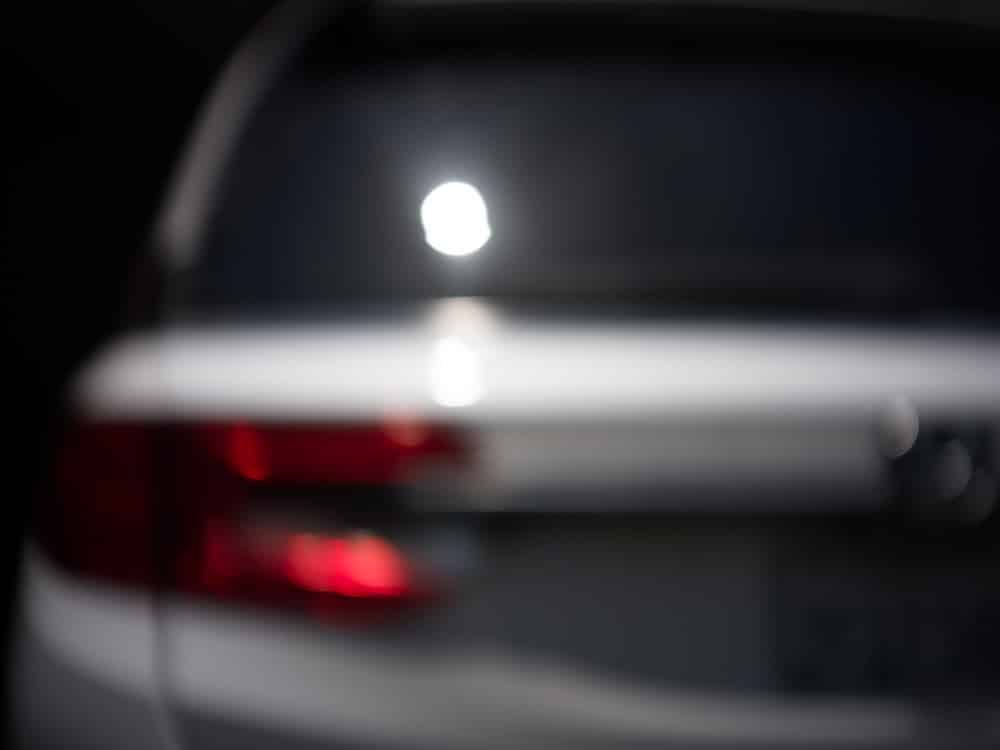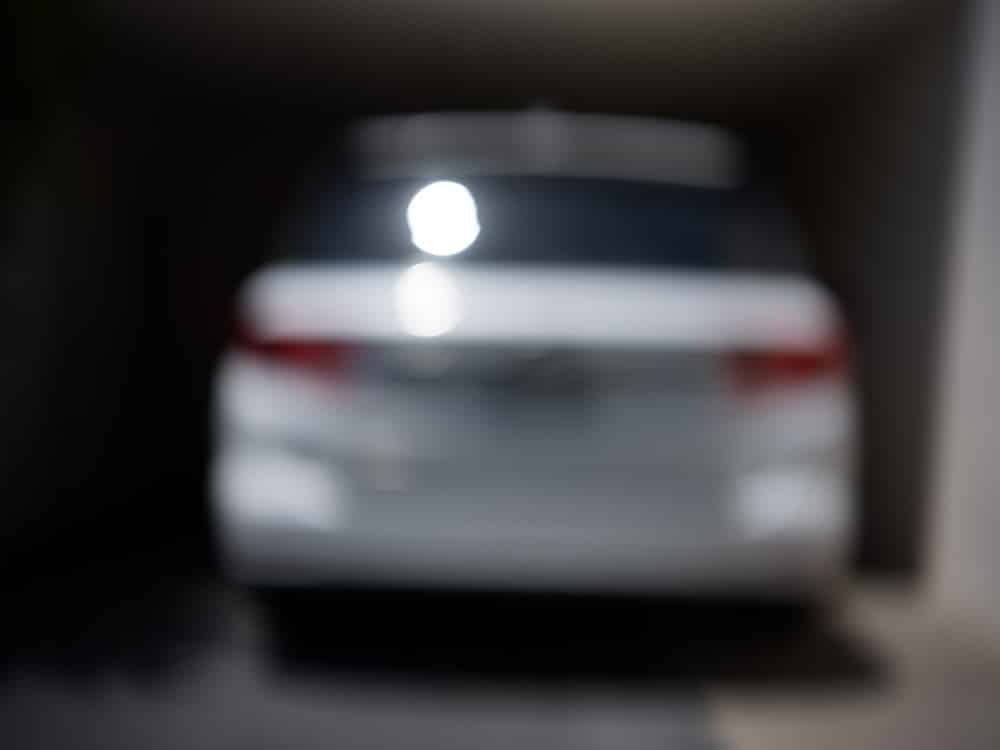LensRentals has loaned me a Hasselblad XCD 55mm f/2.5 V lens for testing. In my testing this week, I determined that the lens exhibits the same kind of strange bokeh at 1/2000 second mechanical shutter speed as the 38V, and has fewer of these issues than the 90V. Today I did some testing with real world subjects to see how the bokeh under those circumstances affects normal photography, as opposed to more specialized lens testing.
The funky peanut-shaped specular highlight bokeh is evident.

The bokeh looks normal at speeds slower than 1/1000 second.

Even at high shutter speeds, less out of focus specular highlights look normal unless you inspect them closely.
I think this level of bokeh strangeness is not something that would affect most 1/2000 second mechanical shutter exposures with this lens, but it’s something that users of the lens should pay attention to when they’re in situations with far out of focus specular highlights at very high mechanical shutter speeds.


Leave a Reply